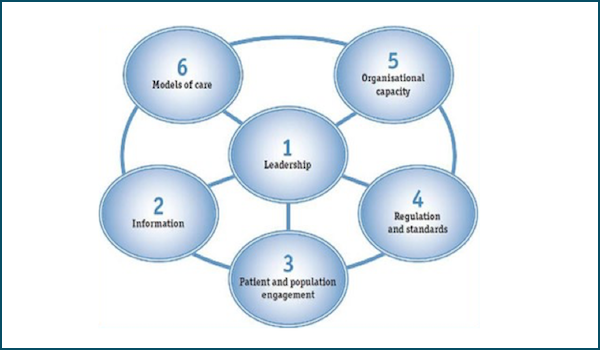
by Amanda Dennis, Kelly Blanchard, Tshego Bessenaar
Journal of Family Planning and Reproductive Health Care 2017;43:7-15.
A systematic review of 13 peer-reviewed articles and eight reports, published between 1991 and 2014, focused on indicators of quality abortion care identified a total of 75 indicators that addressed policy, health systems, availability of trained providers, women’s decision-making, and morbidity and mortality. There was little agreement about the majority of these indicators.
Almost half of the indicators (48%) were developed through the process of creating abortion-focused public health frameworks, monitoring plans, or treaties. Some indicators were created after interviewing or surveying abortion clients (33%) or people with expertise in abortion care (14%), or while creating best practices for providing abortion (10%). Over half of the reviewed papers focused on global indicators of quality. Others had a country- or region-specific focus.
75 unique indicators of quality abortion care were identified. The majority were cited by only one paper (range 1–9 citations). There was little agreement on 56% of indicators, some agreement on 27%, and a high level of agreement on only 17% of indicators. The indicators for which there was a high level of agreement were:
> the availability of trained staff,
> the abortion complication rate,
> the rate of maternal deaths due to abortion complications,
and whether
> referrals for, information about or direct provision of, a range of sexual and reproductive health services are offered,
> all aspects of abortion care are explained,
> respectful care is given,
> privacy is ensured,
> supportive counselling is provided,
> services are offered in a timely manner,
> services are geographically accessible,
> policies support access to abortion, and
> women have the opportunity to express concerns, ask questions, and receive answers.
Conclusion: Current indicators need to be improved and a more streamlined list developed to ensure they are responsive to the priorities and needs of women and service providers.



